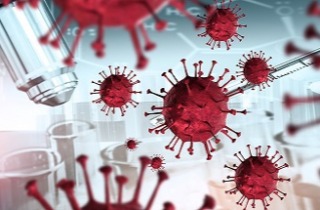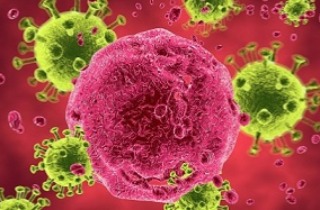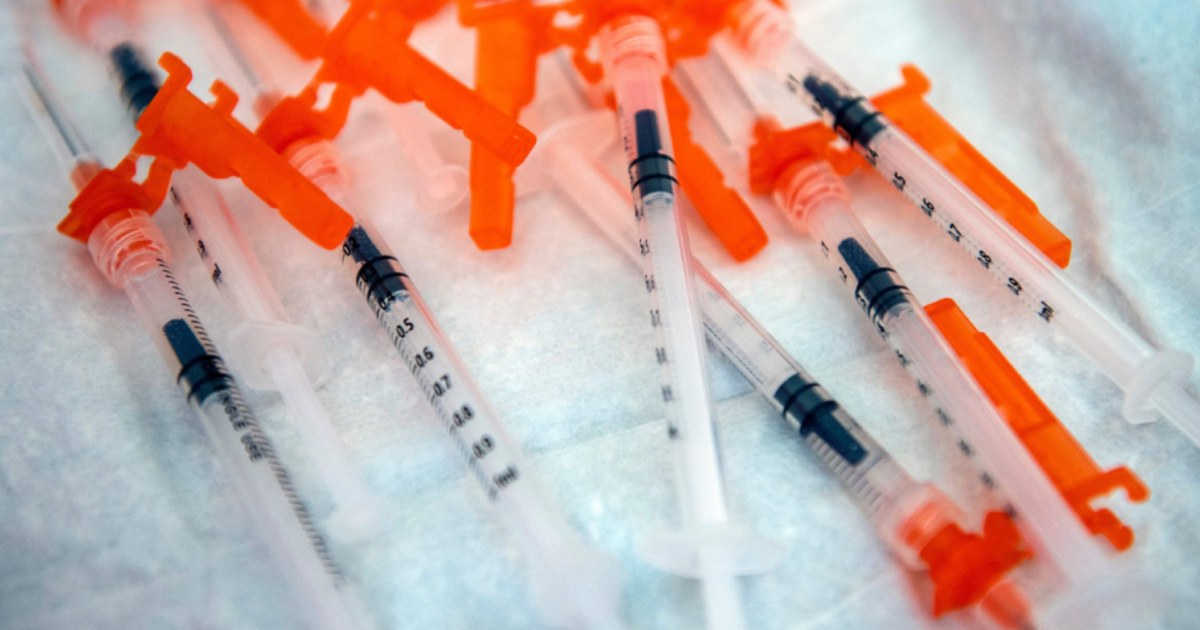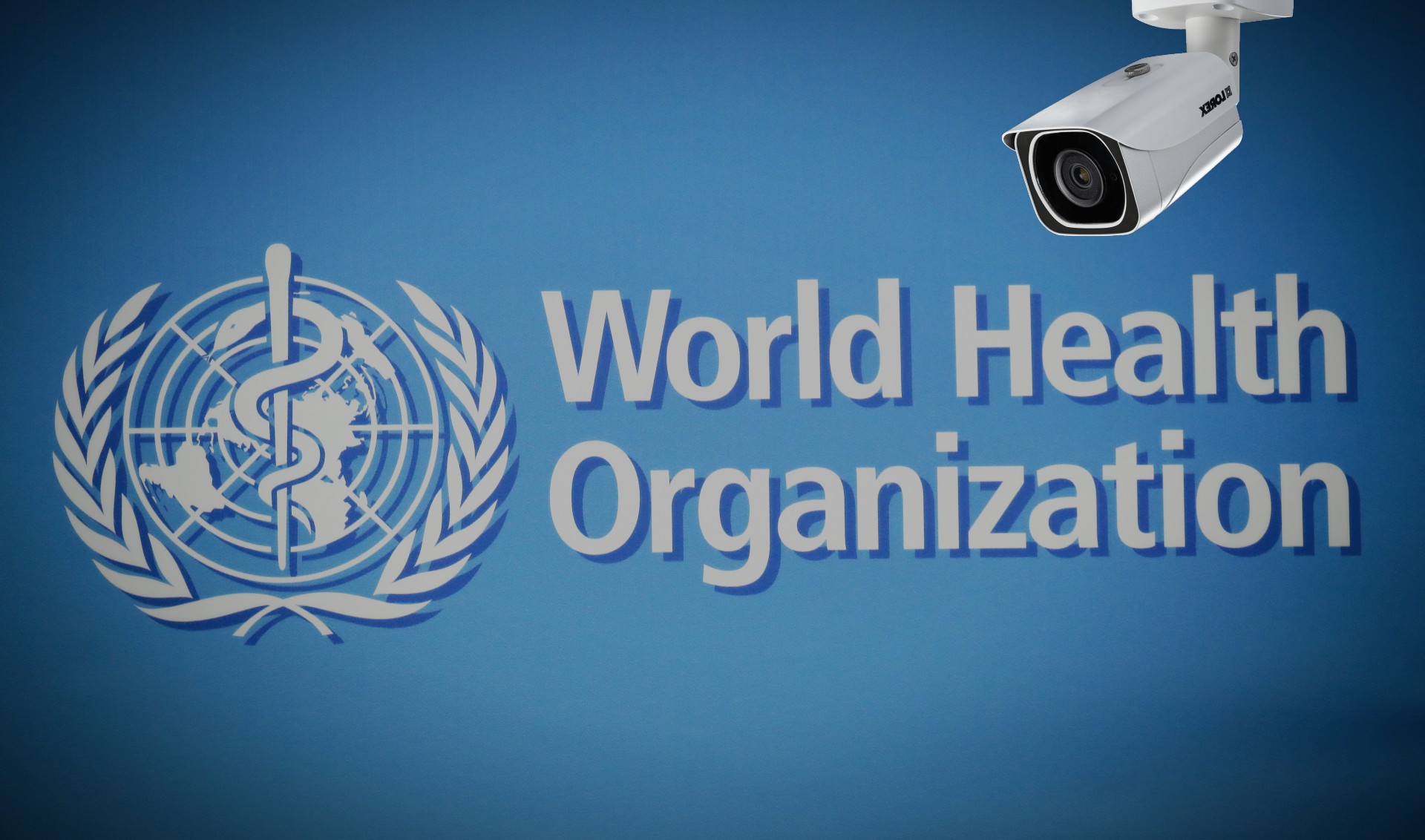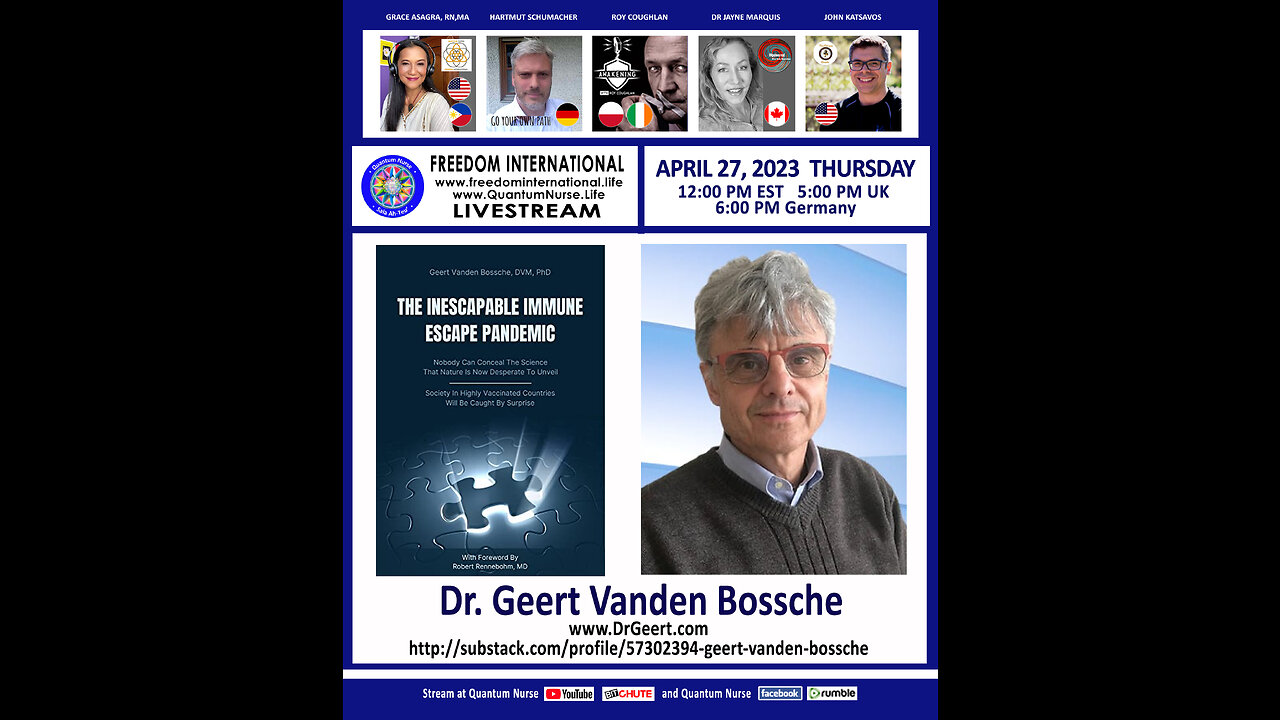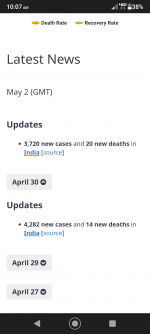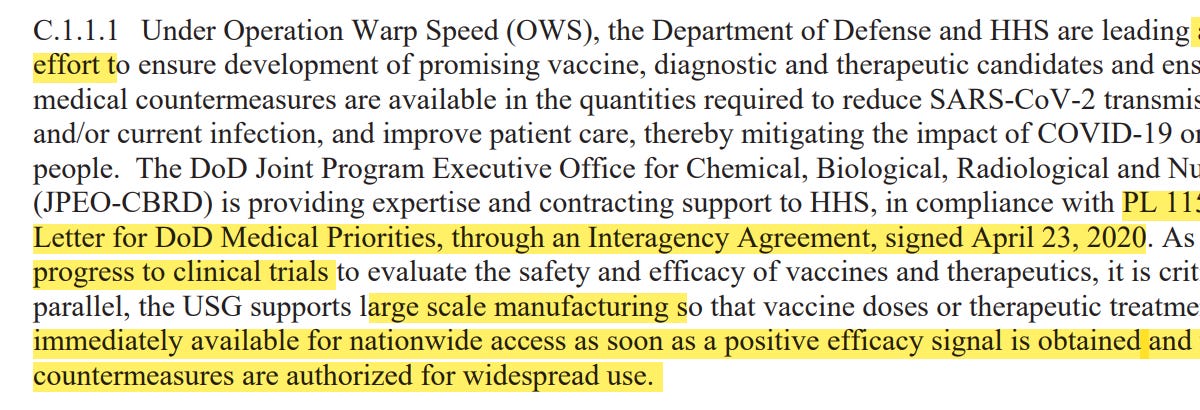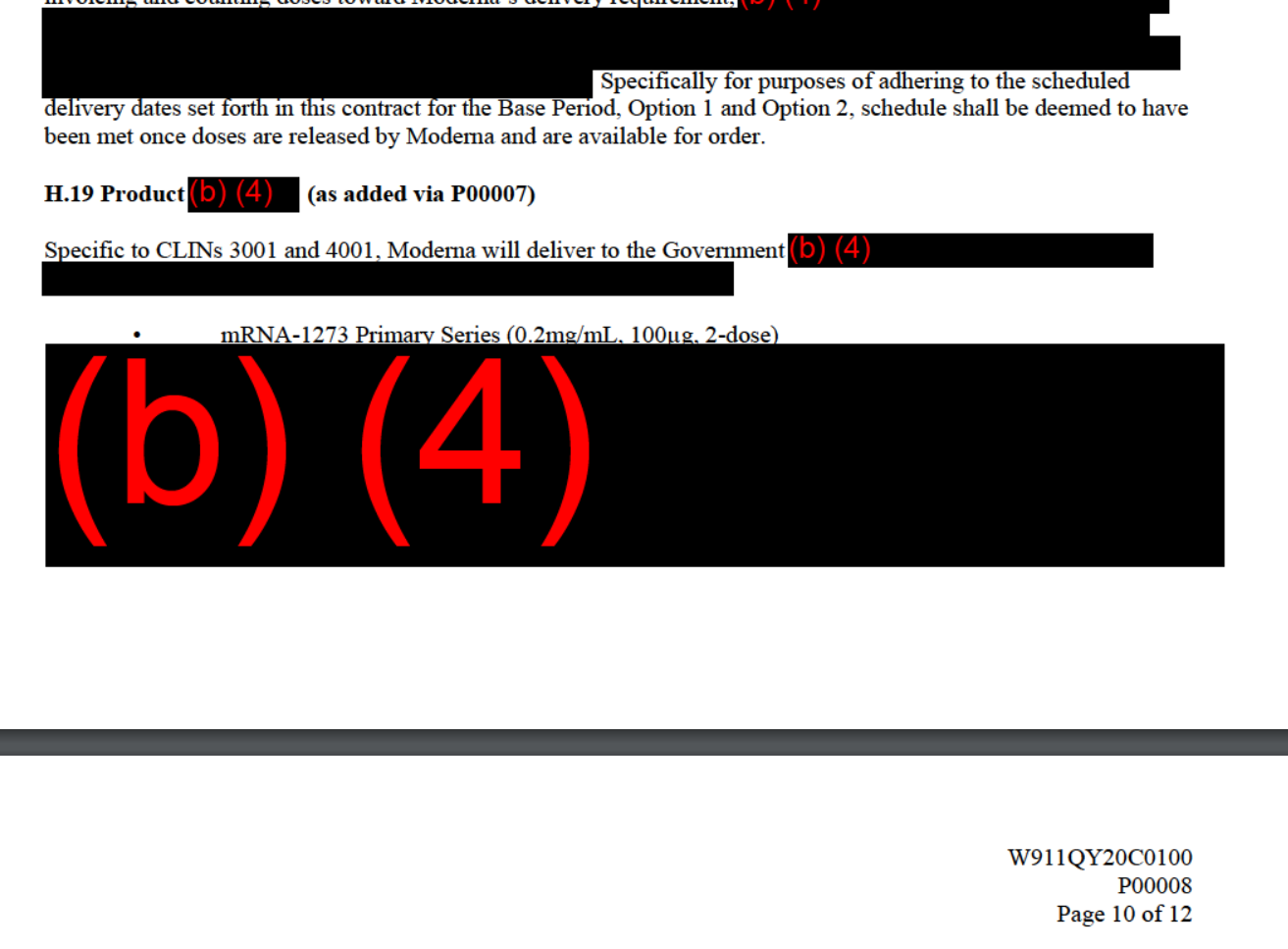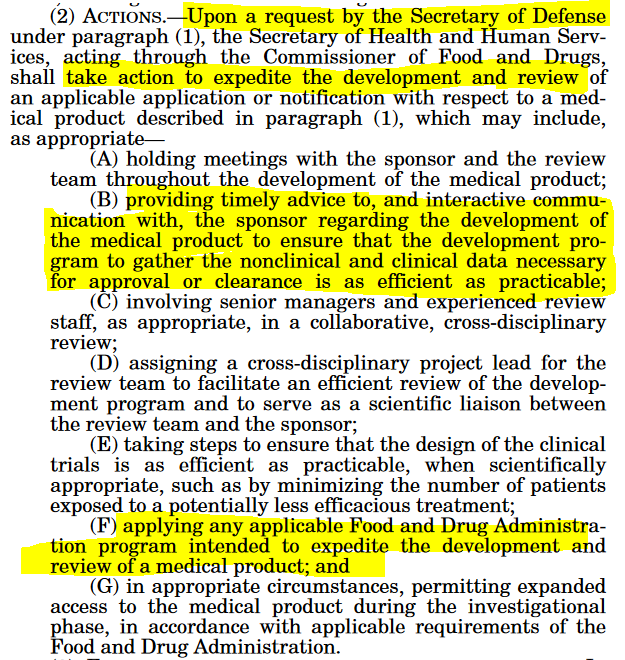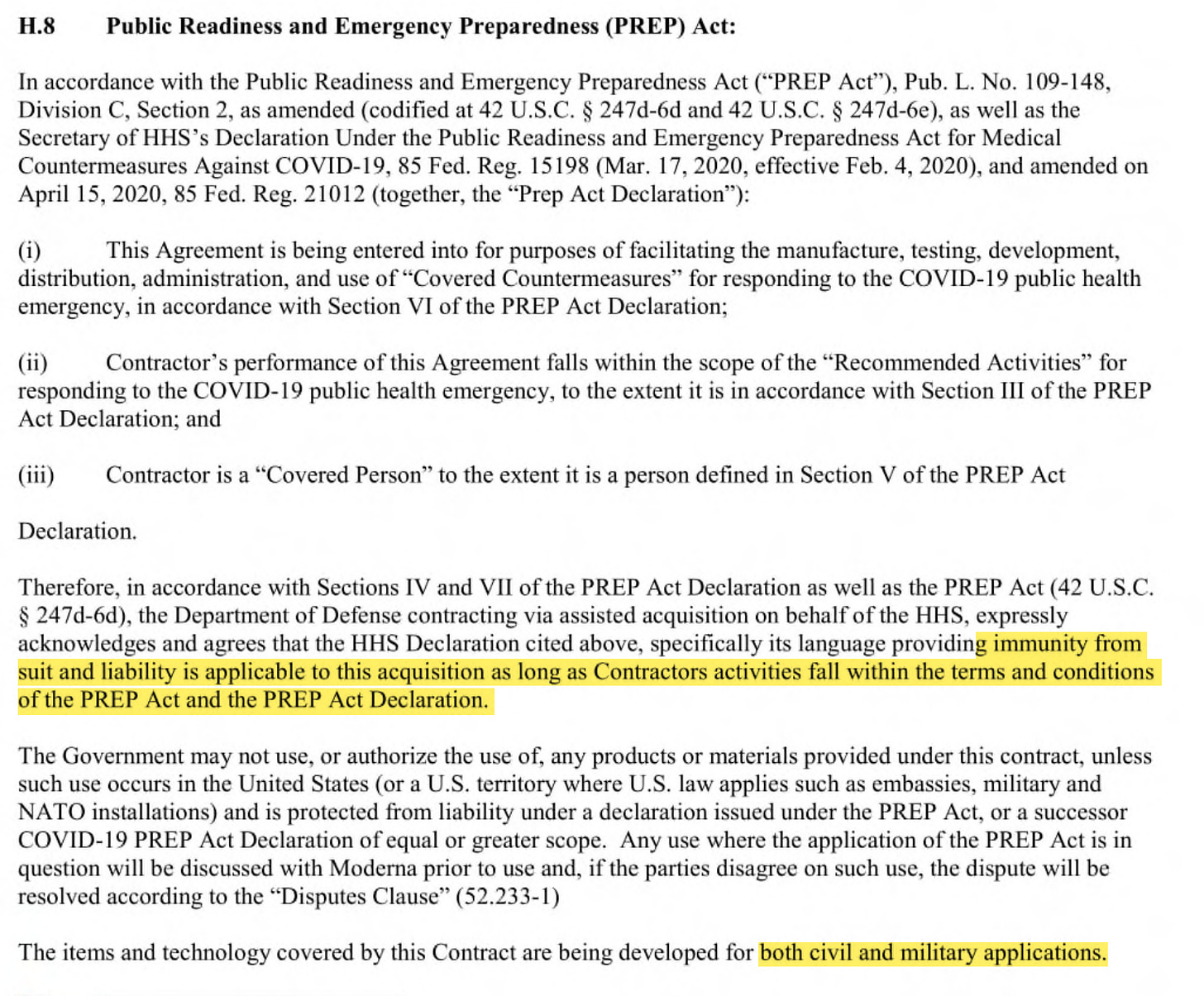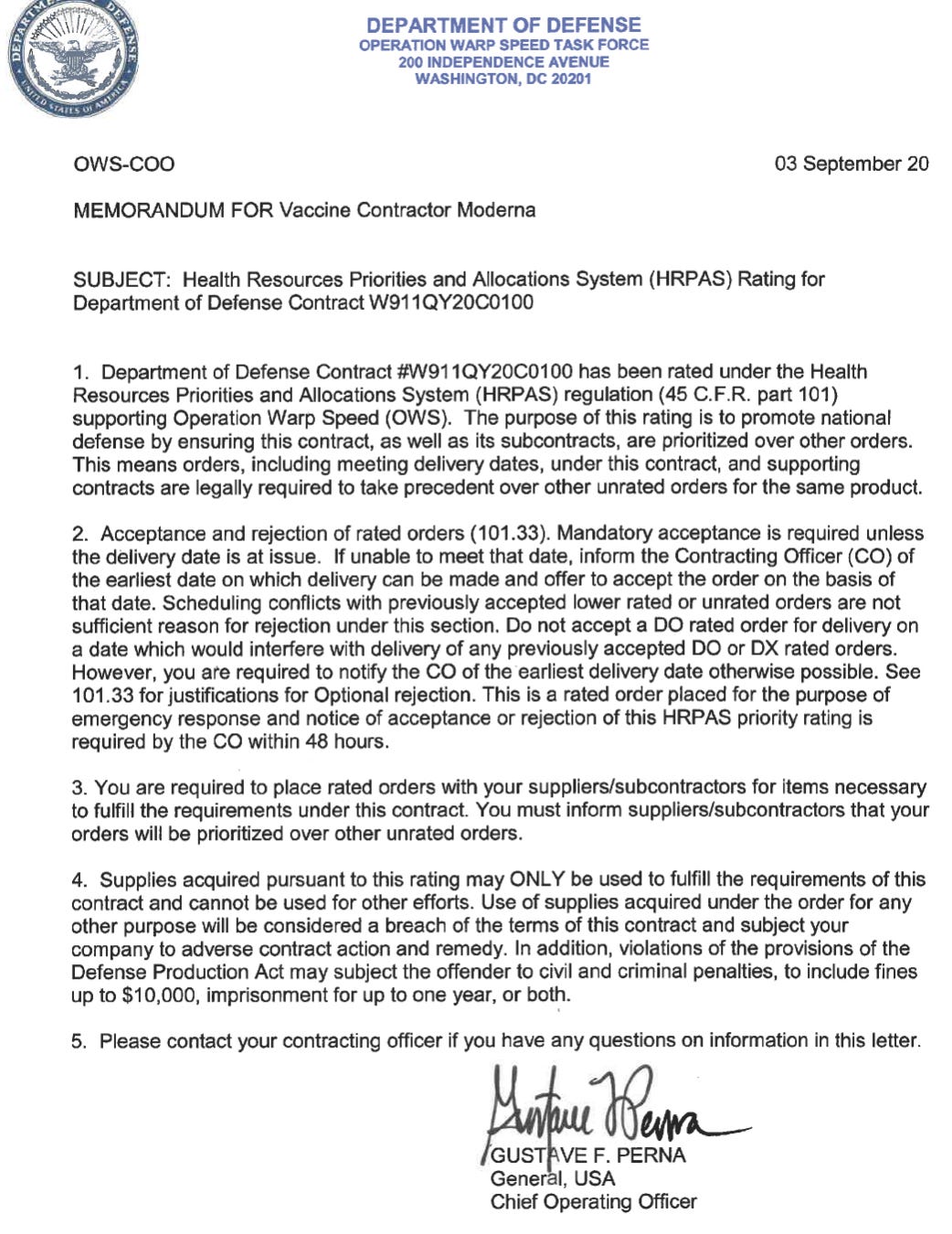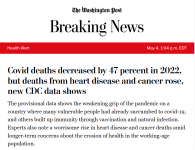Three studies on post-exertional malaise in chronic fatigue syndrome (ME/CFS) and one on ME/CFS and long COVID have recently popped up. In this blog, we cover them all. The Distinctive Symptom – PEM (Not Fatigue) That “fatigue” in “chronic fatigue syndrome (ME/CFS)” – boy, has that ever muddied...
www.healthrising.org
(fair use applies)
The ME/CFS and Long-COVID PEM Studies: Exercise, Recovery and Symptoms
Cort Johnson
April 17, 2023
Three studies on post-exertional malaise in chronic fatigue syndrome (ME/CFS) and one on ME/CFS and long COVID have recently popped up. In this blog, we cover them all.
The Distinctive Symptom – PEM (Not Fatigue)
Exercise Intolerance; i.e. post-exertional malaise – the key symptom in ME/CFS.
That “fatigue” in “chronic fatigue syndrome (ME/CFS)” – boy, has that ever muddied the waters. Just about everyone, whether healthy or not, experiences fatigue – and regularly. The symptom is so universal that the use of it to describe ME/CFS allowed – and still allows – people to treat it like it’s nothing.
People who have it, though, know that fatigue was never it. While the fatigue in ME/CFS is simply enormous, what makes the disease so different is in the inability to exert oneself, even in a mild way, without negative consequences. Symptoms – including fatigue – worsen, and new symptoms pop up. Get into a nice strong PEM state, and things really go haywire – people retreat to dark spaces, isolate themselves, their ability to process information takes a hike, gut problems can get worse, and of course, they feel more fatigue and often more pain.
Since PEM is the distinguishing symptom of ME/CFS, we really should be able to know it, describe it, and make it distinguishable. Drug companies, after all, need to have confidence that they have an ME/CFS patient, and not some other type of patient, in their trials. If they have to use symptoms to do that, they’re going to have good measures of the distinguishing symptom in ME/CFS – PEM.
Some work has been done on that by (who else?) Lenny Jason. Lenny Jason’s DePaul Questionnaire contained a PEM subscale which contained 5 symptoms that participants rated according to how severe they were and how frequently they occurred:
- A dead, heavy feeling after exercise
- Muscle weakness even after resting
- Next day soreness after everyday activities
- Mentally tired after the slightest effort
- Physically drained after mild activity.
In 2018, Jason and company added four additional questions that addressed how long the symptoms lasted, and one which asked if the person had reduced their activity levels to avoid PEM. Jason then used the PEM subscale to see if it could differentiate people with ME/CFS from people with two other highly fatiguing diseases: multiple sclerosis and post-polio syndrome (PPS). (Note that both of these diseases could be considered post-infectious diseases.)
In,
“A Brief Questionnaire to Assess Post-Exertional Malaise”, the Jason group reported that the subscale was able to correctly identify 80% of the ME/CFS, MS, and PPS patients.
In the present study, Workwell Foundation researchers took their slant at the problem. Who better to assess PEM than Workwell? They regularly, after all, employ the greatest stressor of all – exercise – in their 2-day exercise tests in research studies and for disability. A past exercise study found that assessing four symptom categories (fatigue, pain, immune, and sleep-related) accurately classified 92% of ME/CFS 164 patients and 88% of healthy controls.
That was a good step forward, but Workwell wanted more. They wanted to be able to come up with a questionnaire a doctor could very quickly use in their office to determine whether a person experiences PEM, and therefore, likely has ME/CFS.
Workwell used two cardiopulmonary exercise tests to assess PEM in ME/CFS.
A Simple Diagnostic for PEM?
The study which, included 49 people with ME/CFS and 10 sedentary but healthy controls, assessed their symptoms for up to a week after the exercise.
- Cardiopulmonary symptoms
- Cognitive dysfunction
- Cold limbs
- Decrease in function
- Fatigue
- Flu-like symptoms
- Gastrointestinal disturbance
- Headache
- Increase in sensitivity
- Light-headedness
- Mood disturbance
- Muscle/joint pain
- Neurologic symptoms
- Pain
- Positive feelings mood
- Sleep disturbances
- Temperature control
- Tingling
- Weakness.
While the study was small, the results were fascinating in what they may tell us about ME/CFS and the effects of exertion.
First Exercise Test and the Next Day
Cognition was impaired in about 30% of ME/CFS patients but not in any healthy controls. Twenty-four hours later, PEM was clearly creeping in as 40% of ME/CFS patients experienced cognitive dysfunction while no healthy controls did. Fatigue was very common (@80%) in the ME/CFS patients but was much less frequent in the healthy controls (37-20%), despite their general lack of physical activity.
Muscle and joint pain was interesting, as it charted with the “burn” healthy people can experience after exercise. It was almost nil directly after exercise in the healthy controls, climbed for the next couple of days, and then disappeared completely by the end of the week. It was present in ME/CFS (38%), climbed the second day (57%), then stayed at about 40%.
Second Exercise Test and the Next Day
For the first time, a decrease in function was seen. Thirty-five percent of patients report decreased functioning 24 hours later, but no healthy controls do. Fatigue is actually heading downwards in both the healthy controls and, surprisingly enough, in the ME/CFS patients. Both groups experienced higher rates of fatigue 24 hours after the first exercise test (@ 80% for ME/CFS; 27% for HCs) than the second (63%, 9%). (I don’t know if these are statistically significant).
Twenty-four hours after the second exercise test, it appears that some adaptation has occurred, at least in some patients, as “only” 63% of ME/CFS patients report fatigue. Still, while most of the ME/CFS patients report fatigue, only 9% of the HCs now do – they are almost all over it. The same was true of weakness; over time, weakness actually declined in ME/CFS from 37% after the first test to 21% after the second test, but weakness is not present at all in the HCs 24 hours after exercise.
For the first time, sleep disturbances pop up (37% in ME/CFS vs 0% in HCs). Cognition gets whacked – not in everyone or even in most people with ME/CFS (33%) – but not at all in the healthy controls (0%).
Seven Days Later
Workwell does not measure the “second-day effect”, where some people report symptoms really ramp up, but they do assess symptoms after 7 days. Things are, in general, getting better. Fatigue continues to lower a bit – now 59% of ME/CFS patients are experiencing it, but get this – zero healthy controls are reporting experiencing fatigue. Muscle/joint pain and pain overall have remained pretty stable in the ME/CFS patients (39%, 33%) but have also completely disappeared in the healthy controls (0%).
Overall Symptom Reports
Looking at whether a symptom has been reported by a person at some point, it was clear that the symptoms in people with ME/CFS popped in and out over time as the percentage of symptoms reported at least once typically far exceeded those reported during any one of the exercise days.
Ninety-six percent of ME/CFS patients (vs 55% of HCs) reported increased fatigue by the end of the study. Muscle/joint pain showed a similar pattern (86 vs 36%), but the key findings are still to come. What Workwell wants are discriminating factors, though, and that’s what is next.
Discriminating Factors
Symptoms like reduced functioning, cognitive problems, sleep issues, lack of positive affect and headaches after exercise made the ME/CFS patients stand out.
Workwell was primarily after symptoms that could discriminate the PEM ME/CFS patients’ experience from the healthy controls; i.e. symptoms that were common in PEM but almost rarely produced by exercise in healthy but sedentary controls. Fatigue and muscle/joint pain wouldn’t do it – they occur too frequently after exercise in everyone.
Some healthy controls may still feel some fatigue or muscle pain, but they never experienced problems with functioning. Not one HC has reported a drop in functioning, yet 61% of ME/CFS patients reported they did. The pattern is similar – far more people with ME/CFS experience headaches (57 vs 9%), pain (53 vs 9%), sleep disturbance (57 vs 9%), lightheadedness (50-18%), weakness (55-18%), and far fewer experience positive feelings/positive mood. Remarkably, while only 18% of people with ME/CFS reported experiencing positive feelings at some point, 73% of healthy controls do.
The researchers were able to track how discriminating the symptoms were as the exercise test proceeded. The more the ME/CFS patients exercised, and the longer Workwell tracked symptoms, the easier it was to differentiate people with ME/CFS vs the healthy controls.
First Exercise Test
First, the researchers found experiencing any two of the following symptoms 24 hours after the first exercise test was highly discriminating (AUC – 898; Specificity – .818; Sensitivity – .878).
- Cognitive Dysfunction
- Fatigue
- Headache
- Pain
- Absence of Positive Feelings/Positive Mood.
Twenty-four hours after the 2nd exercise test, any two of this larger set of symptoms more highly discriminated ME/CFS. (AUC -.927, Specificity – 992, Sensitivity – .861)
- Cognitive Dysfunction
- Decrease in Function
- Fatigue
- Headache
- Pain
- Absence of Positive Feelings/Positive Mood • Sleep Disturbances.
Finally, symptoms found a week after the exercise stressor produced a veritable lock on an ME/CFS diagnosis. With the healthy controls fully recovered, but with many of the ME/CFS patients still suffering from PEM, presence of any one of the following symptoms produced the highest degree of certainty yet that a person with ME/CFS was present. (AUC-949, Specificity – 1.000, Sensitivity – .895). I don’t know if you can get a much better example of the long-lasting effects of PEM after exercise.
Cognitive Dysfunction
Decrease in Function
Fatigue
Muscle/Joint Pain
Pain
Sleep Disturbances.
Reduced Functioning and Lack of Positive Feelings After Exercise
Exercise tended to improve the healthy, sedentary controls’ moods. Not so in ME/CFS, where few reported positive feelings and almost 30% reported a mood disturbance.
Functioning, or the lack of it, is the key problem in ME/CFS. Komaroff’s stunning 1996 study found that functioning was significantly worse in ME/CFS than in serious diseases like heart failure, diabetes, and multiple sclerosis. A 2019 survey found that “reduced stamina and functional ability” was the most common consequence (99.4%!) of ME/CFS, yet the authors pointed out that functioning as a criterion has never received its due either in the research or the medical realm.
Reduced functioning only explicitly showed up in ME/CFS criteria after 2017 and sixty to 98% of medical records of ME/CFS patients fail to even mention problems with functioning. Doctors tend to underestimate the extent of a patient’s disability by two-thirds. Most clearly still don’t get it about functioning and ME/CFS.
A couple of exercise studies that have assessed how exercise affects functioning show declines in the number of steps, decreased activity, increased number of naps, and reduced cognitive abilities.
It was notable, given the well-known emotional benefits of exercise (i.e., the “runner’s high”) and its ability to increase energy levels and feelings of well-being – even in people with depression – that few people with ME/CFS experienced that. The healthy controls did – 73% of them reported feeling more positive, but only 18% of ME/CFS patients did. Meanwhile, 29% reported feeling symptoms associated with a mood disturbance while none of the healthy controls did.
A Personal Experience
One wonders what would have shown up if the survey had been extended one more day in order to get in the day two hit after exercise. I kept an eye on my symptoms after a double-espresso-powered day that required an extraordinary amount of walking (11,600 steps!) and some substantial driving. The range of symptoms I went through was remarkable.
- Day 1- I felt little pain but felt fatigued and weak, and so I rested. The most interesting symptom was that I could not take in or enjoy nature.
- Day 2 – The next day, I had lots of burning muscle pain, and felt edgy, but my mind felt sharp. I was able to enjoy nature again – it was like it suddenly clicked back into focus. Still fatigued, I walked a little and was a little fluey by the end of the day.
- Day 3 – Despite resting for two days, day 3 was in some ways my worst day. My burning muscle pain was worse, I had heart palpitations during the day, and my mental sharpness was gone, I had difficulty concentrating, some dizziness, and the fluey feeling kicked in during the afternoon again.
In the end, the authors proposed that if a doctor asked someone if they experienced increased fatigue, cognitive dysfunction, lack of positive feelings/mood, or a decrease in function after exercise, and the person answered yes to two of those symptoms, the doctor could safely assume that they have ME/CFS.
Well, you might say maybe those are just the background symptoms of ME/CFS. Maybe after a week, people with ME/CFS are back to baseline? The next Workwell study answered that question.
[continued next post]

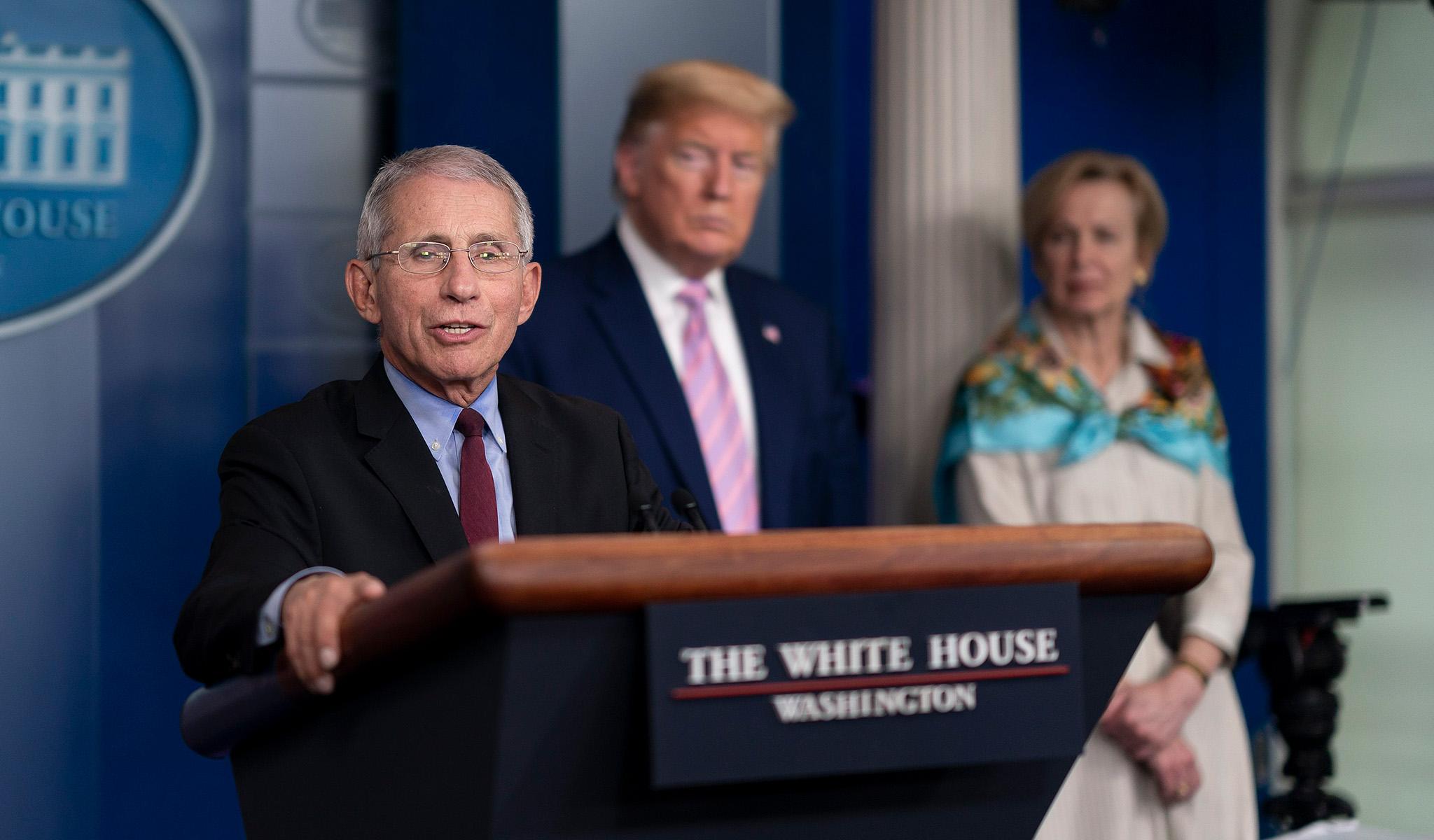
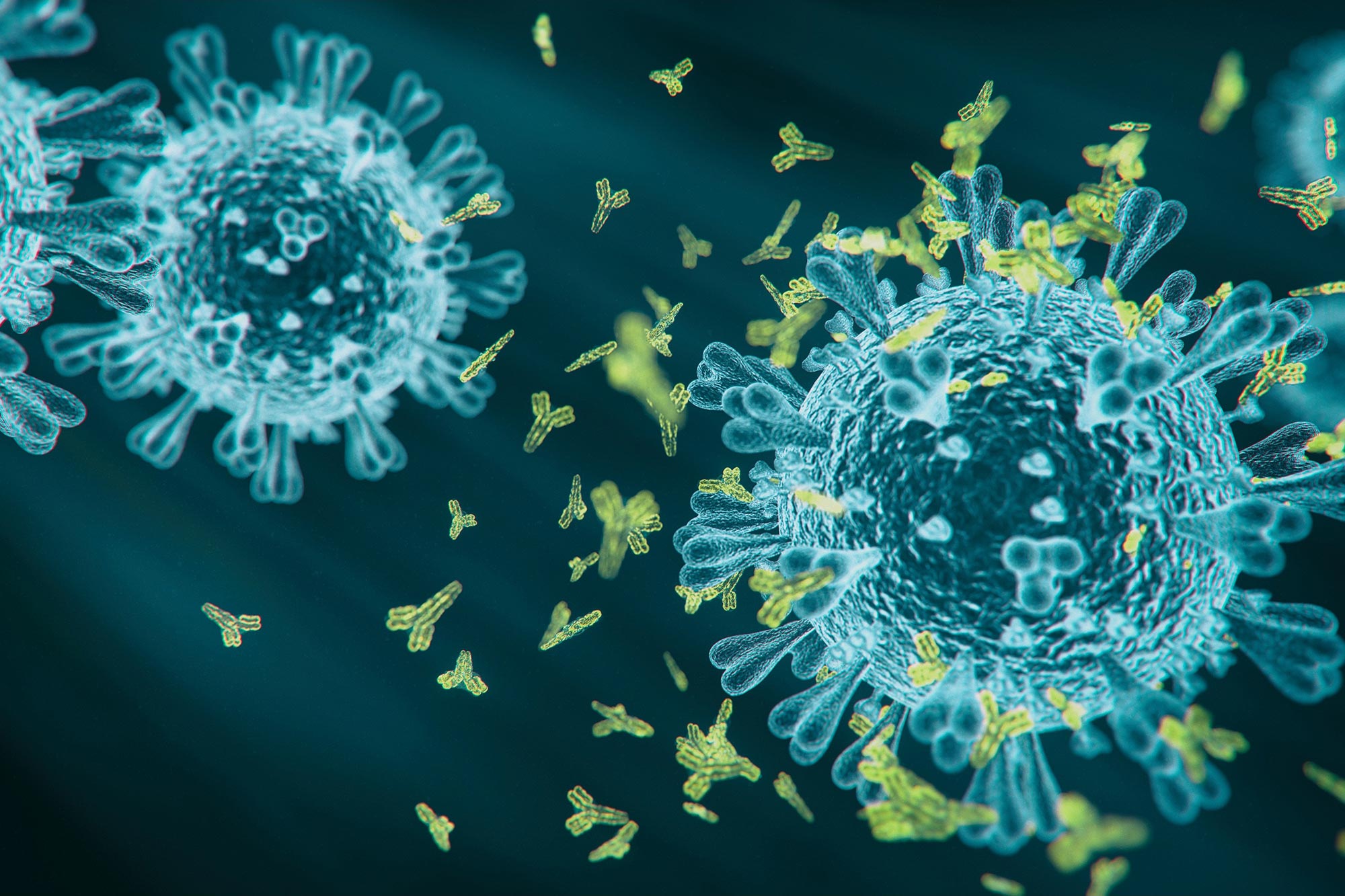


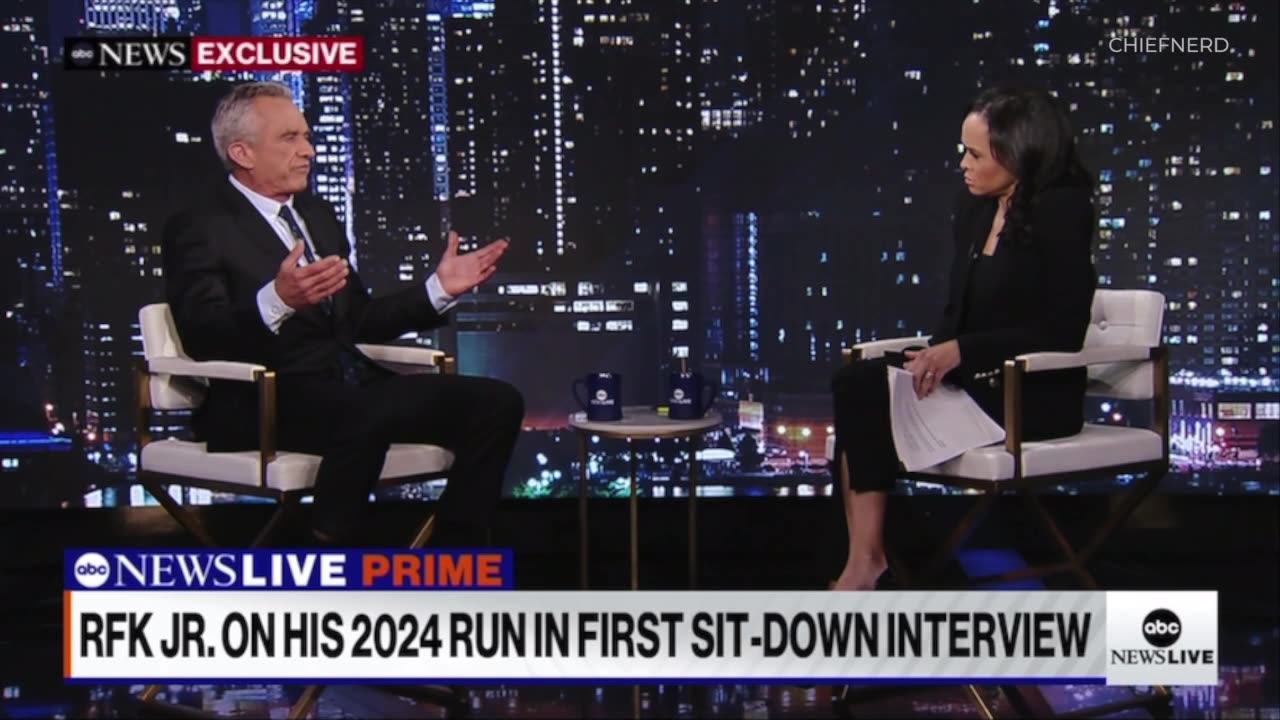

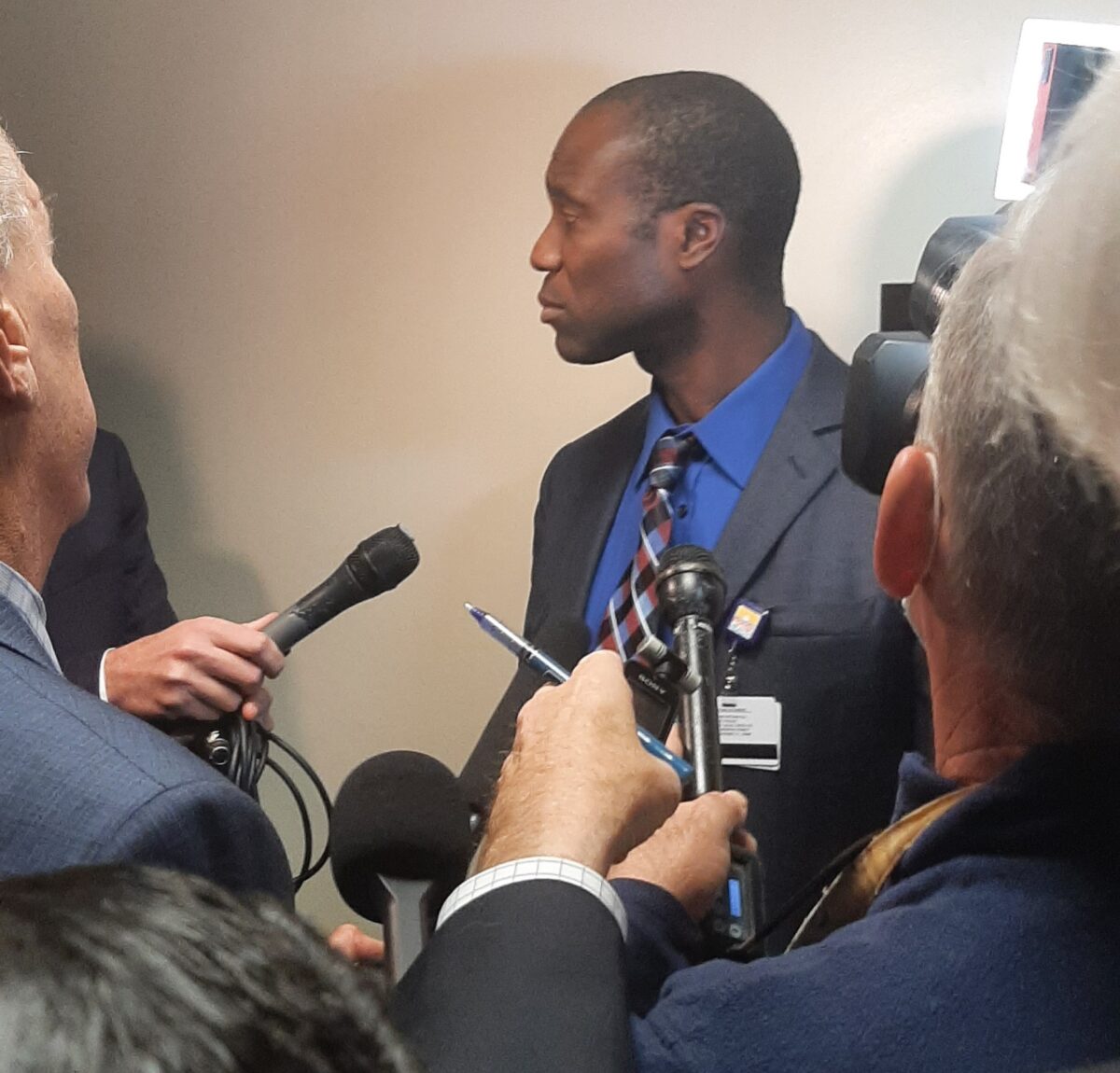








/cloudfront-us-east-2.images.arcpublishing.com/reuters/7N55E5KQ5ROZ3EIXFHH57SYUGE.jpg)

